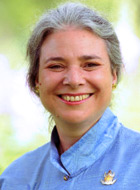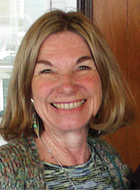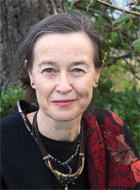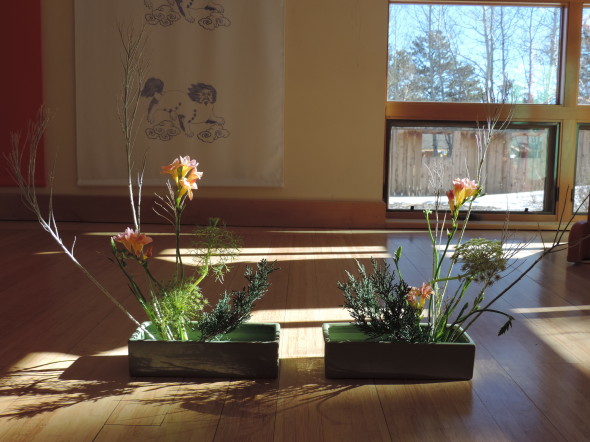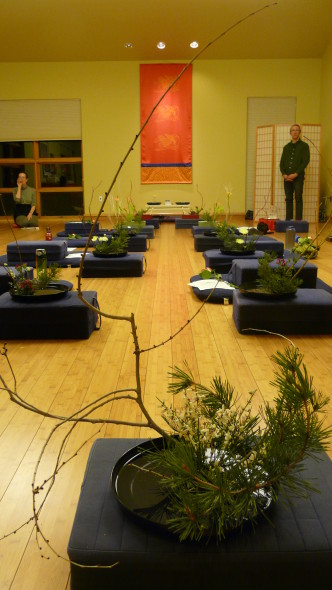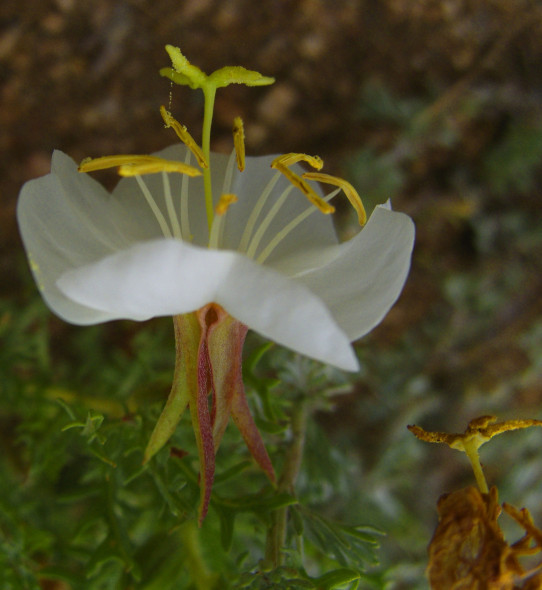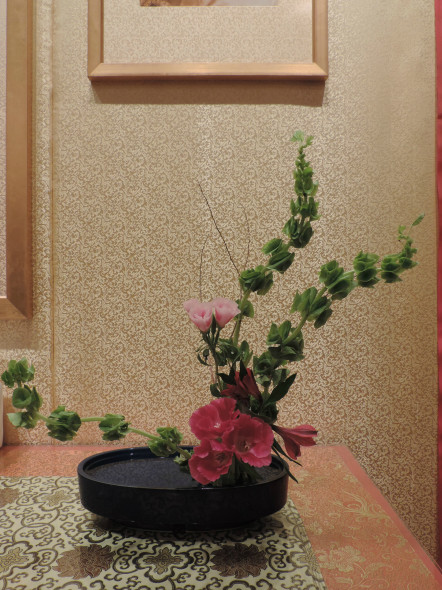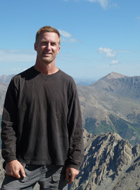By Anthony Lawlor
 To dwell in the sacred is to live with shimmering presence in the physical world. It is to experience your home and community as living, breathing extensions of your mind, body and nature. It is to engage visible forms and colors, objects and places as allies revealing the unseen forces energizing and guiding you. In the middle of the crushing craziness of daily life, it is finding spaciousness and peace wherever you are. Dwelling in the sacred is your natural way of inhabiting the earth. But it gets lost in the fears and limited patterns of thinking promoted by our materialistic culture.
To dwell in the sacred is to live with shimmering presence in the physical world. It is to experience your home and community as living, breathing extensions of your mind, body and nature. It is to engage visible forms and colors, objects and places as allies revealing the unseen forces energizing and guiding you. In the middle of the crushing craziness of daily life, it is finding spaciousness and peace wherever you are. Dwelling in the sacred is your natural way of inhabiting the earth. But it gets lost in the fears and limited patterns of thinking promoted by our materialistic culture.
To reclaim sacred ways of dwelling involves expanding beyond the conventional mindset that views the world as isolated, lifeless objects. It is to see with fresh eyes and shape your surroundings in ways the promote renewal and awakening. Sacred Seeing opens you to experiencing walls and windows, chairs and cabinets as the alchemy between human imagination and the earth. Through such awakened eyes, inhabiting your home and city becomes an active meditation for touching profound vitality and connection through physical places. Sacred Making offers you ways to make your home and workplace environments that nourish wholeness in your mind, body and family. It is a means of entering a dialogue with nature and finding healthy, sustainable ways of making your place in the world.
The foundation of Sacred Seeing and Making is creative play that discovers how the earth truly longs for you to inhabit it. In turn, it is finding out how you can live on earth the way you have always wanted to. Through the creative play of Sacred seeing and making our sense of home can expand beyond the walls of your house or apartment and include the entire world.
 You can learn how to Dwell in the Sacred at a workshop I am leading May 30-June 1 at the Shambhala Mountain Center. This retreat invites us to experience our home,workplace, and community as sacred places that can serve as allies on our life journey. Exercises held in the Great Stupa of Dharmakaya will allow us to feel the archetypal elements of holy sites and to learn ways of finding peace, healing, and inspiration within the buildings we inhabit each day. Through a variety of practices we will sense the connections between the buildings sheltering us and our patterns of thought, speech, and action. We will learn ways of arranging furnishings, selecting colors, and choosing materials to increase inner and outer harmony, health, and happiness, and to engage our living spaces as vessels for spiritual awakening. Click here to find out more: Dwelling In the Sacred: Spaces as Vessels of Awakening
You can learn how to Dwell in the Sacred at a workshop I am leading May 30-June 1 at the Shambhala Mountain Center. This retreat invites us to experience our home,workplace, and community as sacred places that can serve as allies on our life journey. Exercises held in the Great Stupa of Dharmakaya will allow us to feel the archetypal elements of holy sites and to learn ways of finding peace, healing, and inspiration within the buildings we inhabit each day. Through a variety of practices we will sense the connections between the buildings sheltering us and our patterns of thought, speech, and action. We will learn ways of arranging furnishings, selecting colors, and choosing materials to increase inner and outer harmony, health, and happiness, and to engage our living spaces as vessels for spiritual awakening. Click here to find out more: Dwelling In the Sacred: Spaces as Vessels of Awakening
I hope you will join use for a fun, inspiring and transforming weekend.
After taking a similar course I taught in New York, a real estate agent there sent me this email: “I can’t tell you how many times I’ve thought of you and the new awareness you brought me as I walk through my city. It really added to my fascination with the architecture of NYC in that now I really look at all of the little details and feel the energy behind their creation—the joy and beauty. It brings me into the present moment and I feel a connection with timeless existence and my place in it. Quite a gift! Many thanks.”
Anthony Lawlor will be leading a weekend program called Dwelling in the Sacred: Everyday Places as Vessels for Awakening at SMC from May 30-June 1. For more information, click here.


